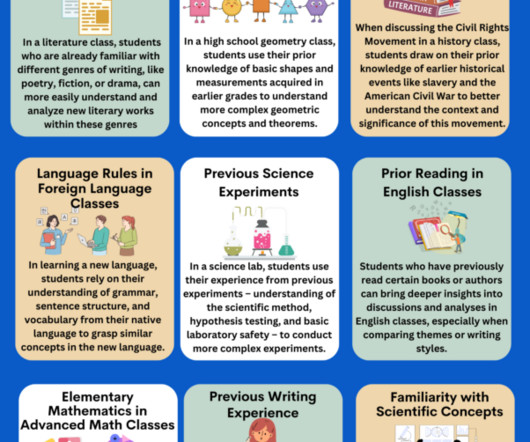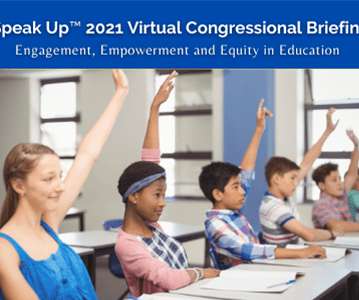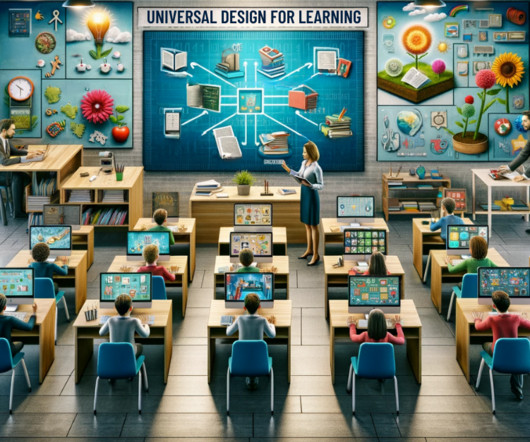Characteristics of The 21st Century Classroom
Educational Technology and Mobile Learning
JANUARY 4, 2024
When I embarked on my teaching journey back in 2003, the landscape of the classroom was quite different from what we see today. This method not only engages students in the subject matter but also hones their analytical skills. Incorporating real-world problems into the curriculum makes learning more relevant and engaging.




















Let's personalize your content